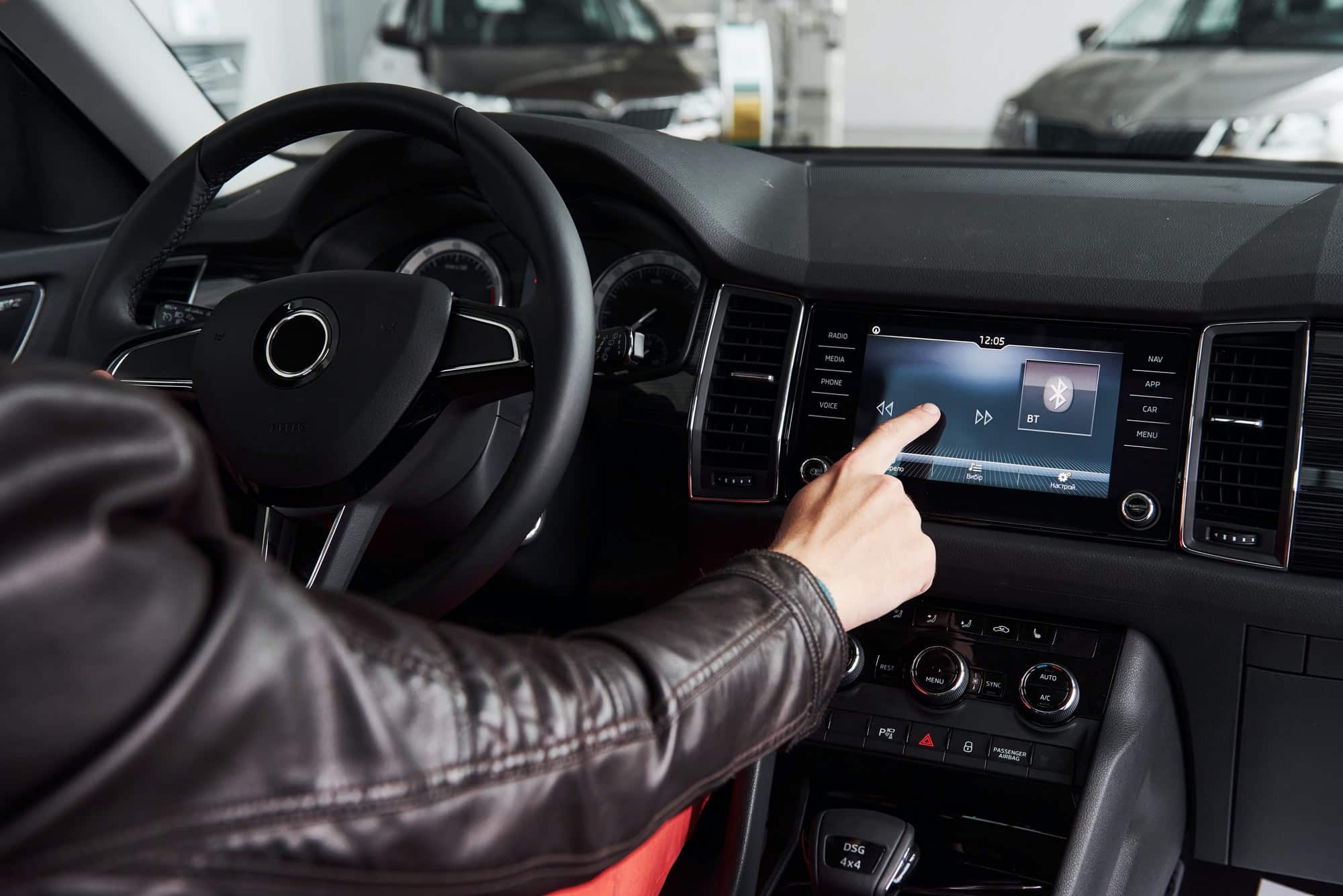How Is IoT Influencing the Development of Smart Office Spaces?

As you walk into your office in the morning, the lights turn on automatically, your computer system boots up, and the coffee machine in the break room starts brewing your favorite espresso blend. This isn’t a scene from a science fiction movie; it’s a snapshot of a smart office, powered by the Internet of Things (IoT). But how exactly is IoT influencing the development of these intelligent workspaces? Let’s take a closer look.
The Power of IoT in Office Automation
The IoT, or Internet of Things, refers to the vast network of interconnected devices that share and analyze data. In the context of a smart office, these devices can range from lighting and heating systems to printers and coffee machines. This section digs deeper into the role of IoT in automating routine tasks in the workplace.
A voir aussi : How Are Emerging Technologies Transforming the Digital Art Scene?
IoT devices use sensors and automation technology to react to certain triggers. For example, movement sensors can switch lights on when employees enter a room and off when they leave, conserving energy. Similarly, smart thermostats can adjust the temperature based on the time of day or weather outside, delivering a comfortable work environment while optimizing energy use.
More advanced IoT systems can even automate complex tasks, such as office management and maintenance. For instance, sensors can track the usage of office resources, alerting managers when supplies are running low. This helps businesses stay on top of their inventory and reduce wastage.
Lire également : What Are the Possibilities for IoT in Enhancing Interactive Learning Tools?
Enhancing Workplace Productivity with IoT Solutions
While automation is an essential feature of a smart office, the true power of IoT lies in its ability to boost productivity. IoT devices collect vast amounts of data, providing insights that can streamline workflows and enhance efficiency.
For instance, smart devices can track how often and when certain spaces in the office are used. This data can be used to optimize space utilization, ensuring that no area is under- or overused. For example, if data shows a meeting room is frequently empty, it can be repurposed into a more useful space.
Furthermore, smart offices can improve time management by automating routine tasks, freeing up employees to focus on more critical work. For example, IoT-enabled printers can order supplies when they’re running low, eliminating the need for manual inventory checks.
IoT and Workplace Security
The integration of IoT in smart offices also has implications for workplace security. With IoT technology, businesses have access to a range of solutions that can enhance both physical and digital security.
For instance, IoT-enabled access control systems can use biometric data or mobile devices to grant or deny entry. This can prevent unauthorized access while also providing a record of who is in the building at any given time.
On the digital front, IoT can help businesses protect sensitive data. For example, IoT devices can detect unusual activity on the network and provide real-time alerts, allowing IT teams to respond swiftly to potential threats.
Energy Management and Sustainability in Smart Offices
As businesses become more cognizant of their environmental impact, smart offices offer a way to manage energy consumption efficiently. IoT devices, such as smart thermostats and lighting systems, can adjust energy usage based on the needs of the office.
For instance, smart thermostats can adjust the temperature based on occupancy or the time of day, while intelligent lighting systems can dim or turn off lights when natural light is sufficient or rooms are not in use. Such measures can significantly reduce energy consumption, helping businesses to become more sustainable and cost-effective.
The Future of IoT in Office Spaces
The influence of IoT on modern workplaces has already been transformative, and it’s clear that its impact will continue to evolve. As technology advances, we can expect to see even more innovative applications of IoT in smart offices.
For example, with the rise of remote work, IoT could enable better integration between physical and virtual workplaces. Smart devices could synchronize with personal calendars to automatically set up video conferencing at scheduled meeting times, providing a seamless experience for remote and in-office employees alike.
Moreover, as artificial intelligence (AI) becomes more sophisticated, we may see IoT devices capable of more complex tasks, such as predicting maintenance needs or automatically adjusting office layouts to optimize productivity.
In short, the potential of IoT in shaping smart offices is immense. However, it’s crucial for businesses to navigate the adoption of this technology thoughtfully, considering factors such as security, privacy, and the actual needs of their employees. After all, the ultimate goal of a smart office is not just to be technologically advanced, but to create a work environment that is more efficient, comfortable, and conducive to productivity.
Improved Employee Well-being and Comfort with IoT
The Internet of Things isn’t just about making offices smarter, more secure, or more efficient. It plays a prominent role in enhancing the overall well-being and comfort of employees in the workplace. A smart office, powered by IoT, can create a healthy and comfortable environment that can significantly contribute to the productivity and satisfaction of staff.
Through IoT devices, businesses can monitor and control the indoor environment, ensuring optimal air quality, temperature, and light conditions. For instance, smart thermostats, connected to the internet of things, can maintain a consistent and comfortable office temperature, while IoT-enabled air quality monitors can detect pollutants and adjust ventilation systems in real-time.
IoT technology can also bring about solutions that contribute to employees’ mental well-being. For instance, smart offices can incorporate IoT-powered quiet spaces, where workers can relax, meditate, or simply take a break from their busy routines. Such settings not only enhance employee satisfaction but also help to reduce stress and improve focus.
In addition, IoT devices can facilitate workplace inclusivity and accessibility. For example, IoT-enabled assistive technologies can help individuals with disabilities navigate office spaces safely and independently. Such considerations signal to employees that their comfort and well-being are a priority, which can boost morale and foster a more inclusive workplace culture.
However, it’s important to balance these benefits with considerations of privacy and consent. Businesses must ensure they are transparent about what data is being collected and how it is being used to avoid infringing upon employees’ rights.
Conclusion: Transforming Office Spaces with IoT
The influence of the Internet of Things on the development of smart offices is undisputed. With automation, enhanced security, energy management, and improved employee well-being, IoT solutions are revolutionizing how we think about and interact with our office spaces.
However, the transition to a smart office isn’t just about integrating the latest technology. It’s about creating a work environment that is efficient, secure, sustainable, and conducive to employee well-being. It’s about using technology, like IoT, to solve real-world problems and meet the specific needs of each organization.
As we look to the future, it’s clear that IoT will continue to shape the office market. Yet, as we embrace the benefits of this technology, businesses must also navigate the challenges that come with it, including security risks, privacy concerns, and ensuring the technology is used ethically and responsibly.
In essence, the power of IoT in office spaces lies in its potential to create a better, more connected, and productive work environment. As we continue to explore and innovate, there’s no doubt that IoT will continue to redefine what’s possible in the realm of smart buildings and offices. The future of office spaces, it seems, is not just smart, but intelligent, adaptive, and human-centric, all thanks to the transformative potential of IoT technology.
